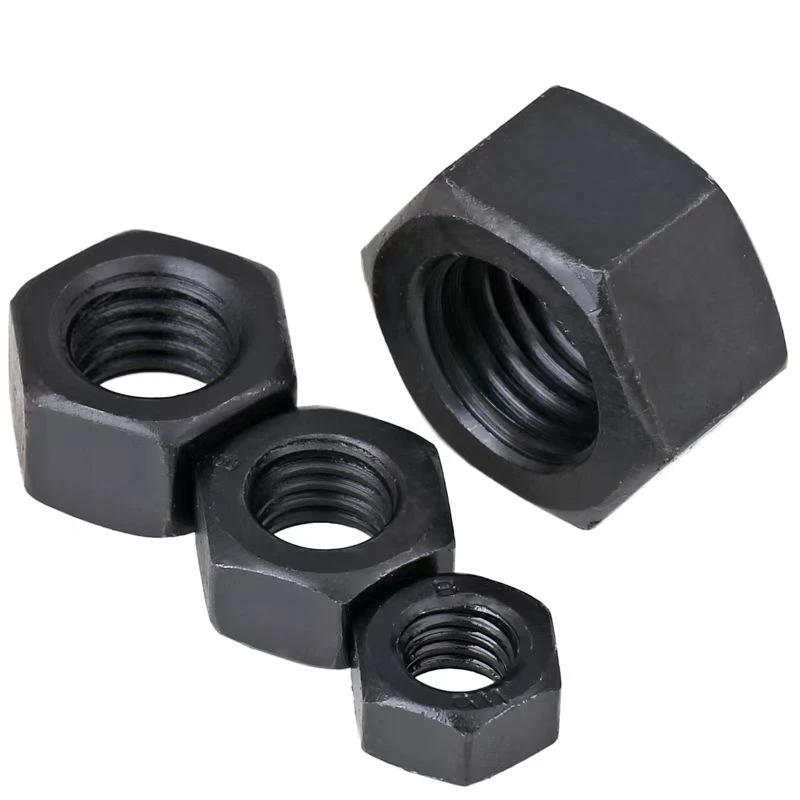Selecting the Right Washers for Your Axle Maintenance and Performance Needs
Nov . 08, 2024 22:34 Back to list
Selecting the Right Washers for Your Axle Maintenance and Performance Needs
Understanding Axle Washers Essential Components for Vehicle Performance
When it comes to automotive engineering and maintenance, many components work in unison to ensure that vehicles perform efficiently and safely. One often overlooked yet vital part of this equation is the axle washer. These small but significant pieces play a critical role in supporting and stabilizing various components of the vehicle's drivetrain. This article delves into the intricacies of axle washers, their types, functions, and the importance of proper maintenance.
What is an Axle Washer?
An axle washer is a flat, disc-shaped piece of hardware that is typically used in conjunction with axle components, primarily to distribute load, reduce friction, and prevent damage to the components beneath them. These washers are installed between the axle nut and the axle housing or between various parts of the axle assembly. While they may seem insignificant in size, their role in vehicle safety and performance cannot be overstated.
Types of Axle Washers
There are several types of axle washers, each designed for specific applications and conditions. The most common types include
1. Flat Washers These are the most standard type of washer used in axle assemblies. They help distribute the load of the fastener over a larger surface area, preventing localized damage and wear.
2. Lock Washers Lock washers are designed to prevent loosening under vibration. They can be split and are intended to grip the nut or bolt, helping to keep it tight against the axle.
3. Spring Washers These washers are typically curved and exert a spring force, which helps maintain tension on the assembly. Spring washers are particularly useful in applications where dynamic loads are present.
4. Thick Washers In applications where there is a need to bridge gaps or provide additional support, thicker washers can be used. These help to absorb shock and reduce wear between parts.
Functions of Axle Washers
The primary functions of axle washers include
axle washers

- Load Distribution By spreading the load from bolts and nuts over a larger area, axle washers help to prevent stress concentration that could lead to failures.
- Friction Reduction Washers can reduce friction between moving parts, which enhances the overall efficiency of the drivetrain.
- Protection of Components They serve as a protective barrier, safeguarding surfaces from wear and damage caused by vibration and motion.
- Stabilization of Assembly Washers provide added stability to the axle assembly, helping to maintain the correct alignment of components during operation.
Importance of Maintenance
While axle washers are durable components, they can wear out over time due to repeated stress, exposure to the elements, and contaminants. It is crucial to include them in regular maintenance checks to ensure vehicle safety and performance. Replacing worn or damaged washers is a relatively simple process that can prevent larger, more costly problems down the road.
During routine maintenance, it’s essential to check the following
- Condition Look for signs of wear, corrosion, or deformation that may indicate it’s time for replacement.
- Proper Installation Ensure that washers are installed correctly to guarantee their effectiveness in load distribution and stabilization.
- Compatibility When replacing washers, always choose the correct type and size to match the specific axle assembly and operational conditions, as this will optimize performance.
Conclusion
Axle washers may be small, but they play an indispensable role in the overall function and safety of a vehicle’s drivetrain. Understanding their types, functions, and maintenance needs can help vehicle owners and technicians ensure a safer driving experience. Regular inspection and timely replacement of these components can lead to improved performance and longevity of your vehicle, making axle washers a key focus in automotive care. Whether you are a seasoned mechanic or a vehicle enthusiast, recognizing the importance of axle washers is essential for maintaining optimal vehicle performance.
Latest news
-
High-Quality Panel Stud Bolt Reliable Panel Stud Bolt Factory & Suppliers
NewsJul.08,2025
-
High-Precision Fine Thread Locknuts Manufacturer & Supplier Custom Solutions
NewsJul.08,2025
-
PH Imperial Stud Bolt – High Strength Fasteners from Leading Supplier & Factory
NewsJul.07,2025
-
High-Quality Allen Wrench Bolts Leading Factory, Company & Suppliers
NewsJul.07,2025
-
Wholesale Ball Stud Bolt - High Quality Supplier & Factory Price Reliable Wholesale Ball Stud Bolt Company
NewsJul.06,2025
-
High-Strength Alloy Bolts Manufacturer & Supplier Quality Alloy Fasteners Factory
NewsJul.06,2025
